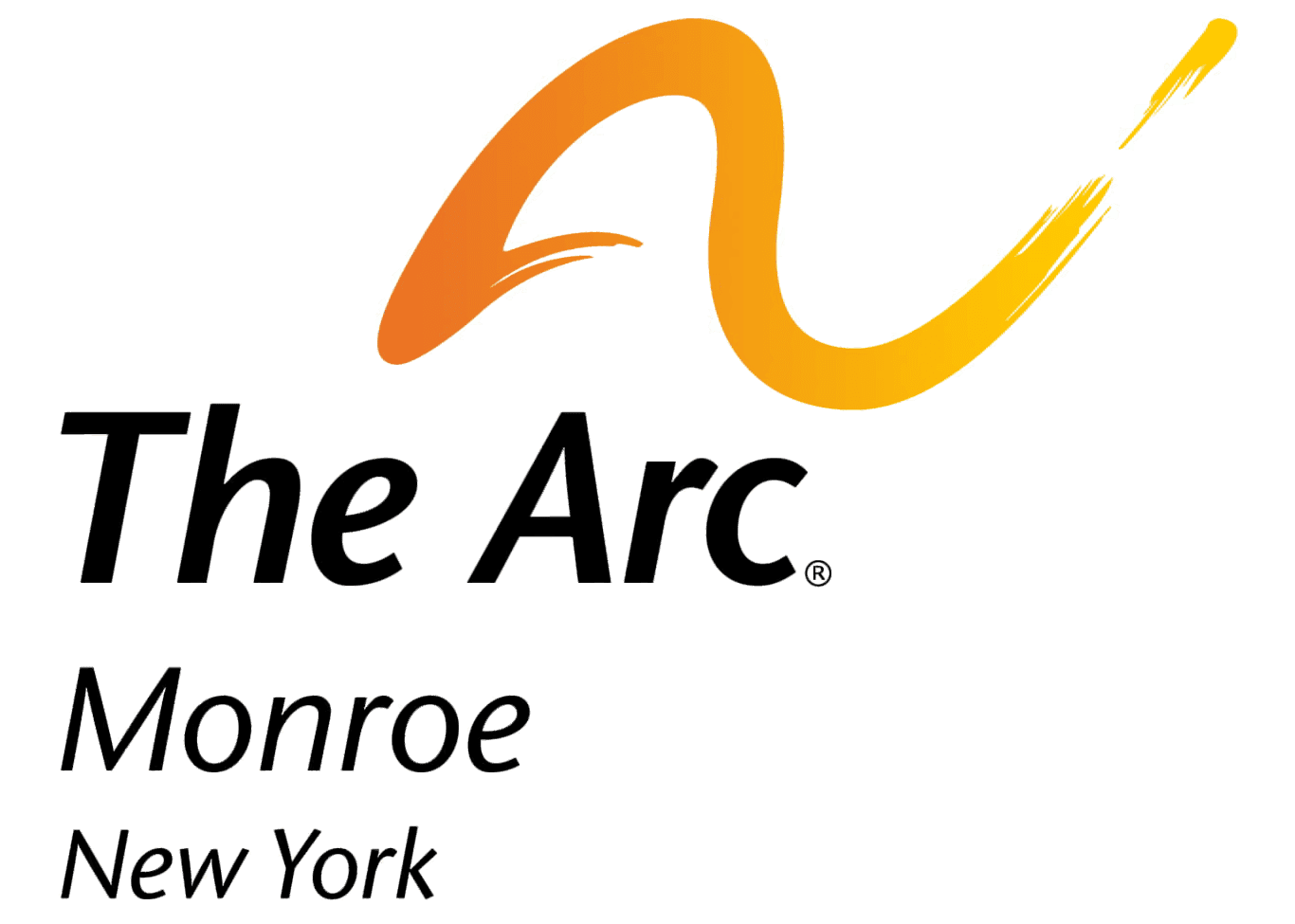If you find the below article useful please consider making a donation so we can create more.
MAY IS ARTHRITIS AWARENESS MONTH
Did you know that arthritis is the number one cause of disability in the United States? More than 50 million Americans are impacted. In that number about 300,000 babies, children and teens have some type of a rheumatoid arthritis disease. There are indeed over 100 types of inflammatory arthritis. Rheumatoid and osteoarthritis are to two most common. Over 1.5 million people are affected with Rheumatoid arthritis compared to over 27 million suffering from osteoarthritis. Below is some helpful information for all of us to be aware of regarding Rheumatoid and Osteoarthritis.
RHEUMATOID ARTHRITIS
WHAT HAPPENS/SYMPTOMS
Your immune system mistakenly attacks your tissues causing painful inflammation/swelling (Actually, inflammation is the cause of many of our daily pains we deal with). In rheumatoid arthritis (RA), continued inflammation leads to joint damage. The tissue that surrounds and protects your joints is called the synovial membrane. This membrane becomes swollen, fluid builds up and eventually the joint breaks down. The joint loses alignment and you see the swollen misshapen joints. RA if left untreated affects other parts of your body, including the heart, lungs, skin and eyes. It’s the untreated inflammation that causes the damage.
SYMPTOMS
In addition to joint pain include: fever, fatigue, rapid onset, ALL joints on both sides of the body are affected, decreased appetite, major stiffness in the morning lasting longer than 30 minutes.
RISK FACTORS
Genetics do appear to play a part in RA, meaning you may genetically be more susceptible to viruses or infections that can trigger the onset of the disease.
Rheumatoid Arthritis is more prevalent in women and commonly it is first noted over the age of 40.
Smoking also appears to be associated with increased incidence of RA and its severity.
Obesity, especially in women younger than 55 puts you at a higher risk for RA.
COMPLICATIONS
People with RA are more susceptible to infections due to an impaired immune system. There is an increase chance of arteries hardening and blocking, causing heart issues. The tissue sac that surrounds the heart can become inflamed and damages the heart.
RA increases the chance of lung disease and certain cancers such as lymphoma.
DIAGNOSES AND TREATMENT
RA can be difficult to diagnose due to similarities to other diseases and there is no cure. Your MD will complete lab tests and perhaps scans such as MRIs. Be aware of family history and ALL the symptoms mentioned earlier. CONSULT YOUR MD BEFORE TAKING MEDICATIONS OR STOPPING MEDICATIONS.
Heat to an affected area may relax tense muscles and can decrease pain. Cold can dull pain and decrease inflammation.
EXERCISE! Gentle exercise helps strengthen muscles around your joints and believe it or not, exercising helps fight fatigue! Meditation, gentle yoga and Tai Chi have been helpful too.
OSTEOARTHRITIS AT A GLANCE
WHAT HAPPENS/SYMPTOMS
Although Osteoarthritis (OA) is not as debilitating a disease, it is 10 times more prevalent in America than RA. OA is the result of “wear and tear” on the body that destroys cartilage, not the joint specifically as in RA. Cartilage, the spongy cushion on the ends of your bones, wears down – “bone on bone” description! The onset of OA is gradual over years as opposed to RA that can have a rapid onset. It usually affects only certain joints that are used more often than others and is NOT a bilateral condition. Swelling and pain symptoms are similar as in RA.
SYMPTOMS
Symptoms are totally related to the affected joint, causing inflammation and pain. You may have pain in your left knee after running or climbing stairs, or you may have difficulty grasping things with your right hand and thumb. Much like Rheumatoid Arthritis, with OA, you may experience morning stiffness but within 30 minutes of moving around this subsides.
RISK FACTORS
Overuse of joints is a major cause of OA. Genetics again may play a role too. Obesity causes undue stress on your joints.
TREATMENT
Stay in motion! The more you move, the less stiffness and pain you will have. It sounds counter intuitive but it’s true. Change your position often, take the stairs, and get up and walk at frequent intervals if you have a sedentary job.
Shed those pounds! For every pound you lose, you take 4 pounds of pressure off your knees! If you are a physically active person, don’t stretch cold muscles. Warm up your joints first by walking for 10 minutes and move your arms in a slow circular pattern. Also, did you know that the fast you walk the harder your muscles work to keep your head and neck in alignment? So get walking… fast!
Low impact exercises such as swimming, biking and strength training are less stressful on joints. Developing CORE strength is EVERYTHING. With a strong core, we experience decreased falls and injuries to our joints.
Diets well balanced with Omega 3 fatty acids like salmon helps to decrease inflammation which remember are what cause joint pain. Talk to your MD or nutritionist about a diet that is geared toward decreasing inflammation in the body.
As always, check with your MD before starting anything new to help with preventing or decreasing arthritis symptoms.
As with Rheumatoid Arthritis, icing can decrease inflammation and dull pain. Usually 20 minutes on and 20 minutes off is sufficient. Remember, never put ice or ice packs directly on your skin.

Shelley VanLare is a Nurse Educator at the Arc of Monroe. Questions? Email her at svanlare@arcmonroe.org
